The second in my not-so-great aircraft series. The Fairey Battle. The battle could have, would have and should have been an acceptable aircraft had circumstance not provided otherwise. After all, it had the fabled merlin engine what could have possibly gone wrong? Quite a bit as it turns out. The aforementioned merlin was all good and well but add 3 crew and a bomb load, performance started to lack. For mid 30s it was deemed an improvement on the preceding biplanes, however come the phoney war of 1939-1940 the Me 109 or even a 110, could and would cut them up quite badly. Surely they had enough firepower to defend themselves with, yes? In short, no. 2x .303s. That's not 2x in each wing, that was the complete defensive compliment. One vickers rearward facing and a solitary .303 in the starboard wing for 'offensive (but must likely defensive) firing.' It was not unheard of sorties in the early days of the Second World War suffering 50 percent losses attacking bridges etc to stem the German advance and in daylight too! Clearly the lessons from the First World War were quickly forgotten by the allies in the early days of the war. It is to those brave men in this particular aircraft, that regularly attacked those well defended targets, that I have the upmost respect for and take my hat off to. Lions led by donkeys as is often the folly of war. Such losses (even to donkeys) could not be maintained and it was completely withdrawn from all active service. On the plus side; the old battle scored the first victory for the RAF in downing another aircraft, was such a stable aircraft to fly it was an engine test bed/trainer aircraft, and earned a number of Victoria crosses in those fraught early days of war. Sorry I've gone too far into this once again! AG1+VTOL down for landing gear, AG2+VTOL down for flaps. Performance, rather aptly, is lacking I'm afraid. My apologies but I had to 'smuggle' in a jet engine to give it somewhat speed above 120mph.
Specifications
Spotlights
- Gemista 7.9 years ago
General Characteristics
- Created On iOS
- Wingspan 62.7ft (19.1m)
- Length 49.7ft (15.1m)
- Height 16.2ft (4.9m)
- Empty Weight 11,046lbs (5,010kg)
- Loaded Weight 15,022lbs (6,814kg)
Performance
- Power/Weight Ratio 0.224
- Horse Power/Weight Ratio 0.066
- Wing Loading 23.5lbs/ft2 (114.8kg/m2)
- Wing Area 639.1ft2 (59.4m2)
- Drag Points 9833
Parts
- Number of Parts 144
- Control Surfaces 5
- Performance Cost 589

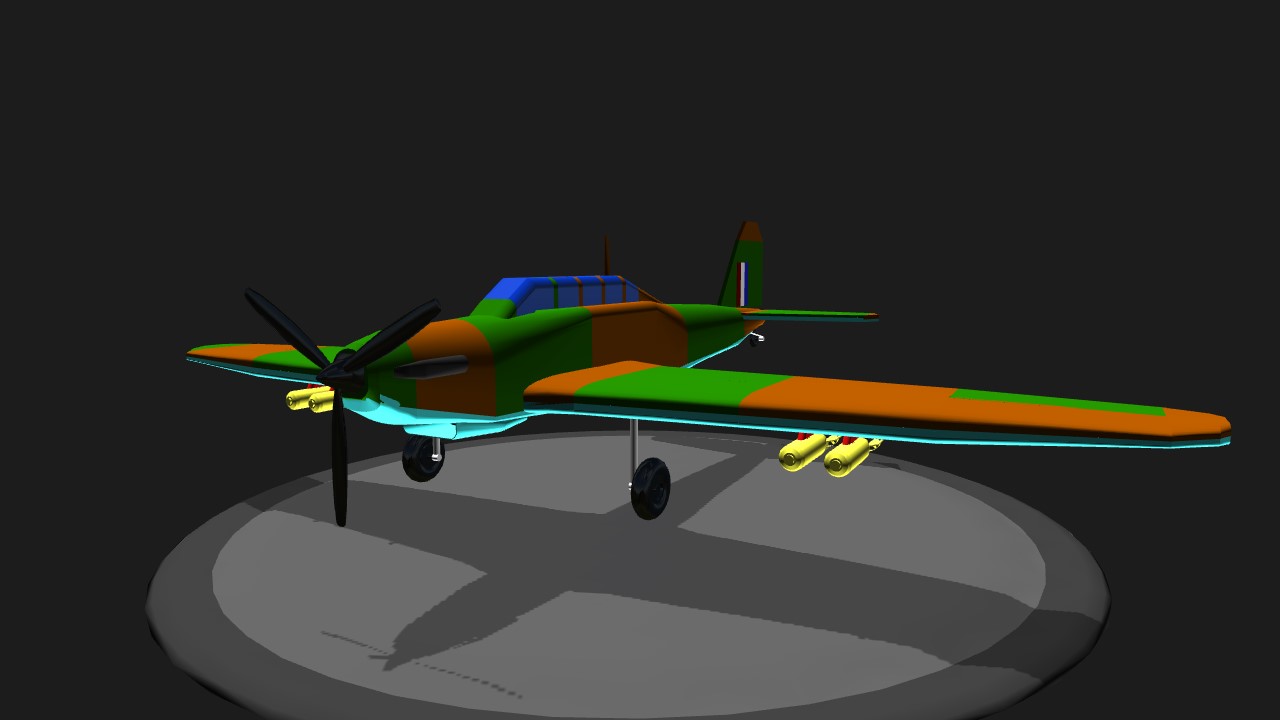
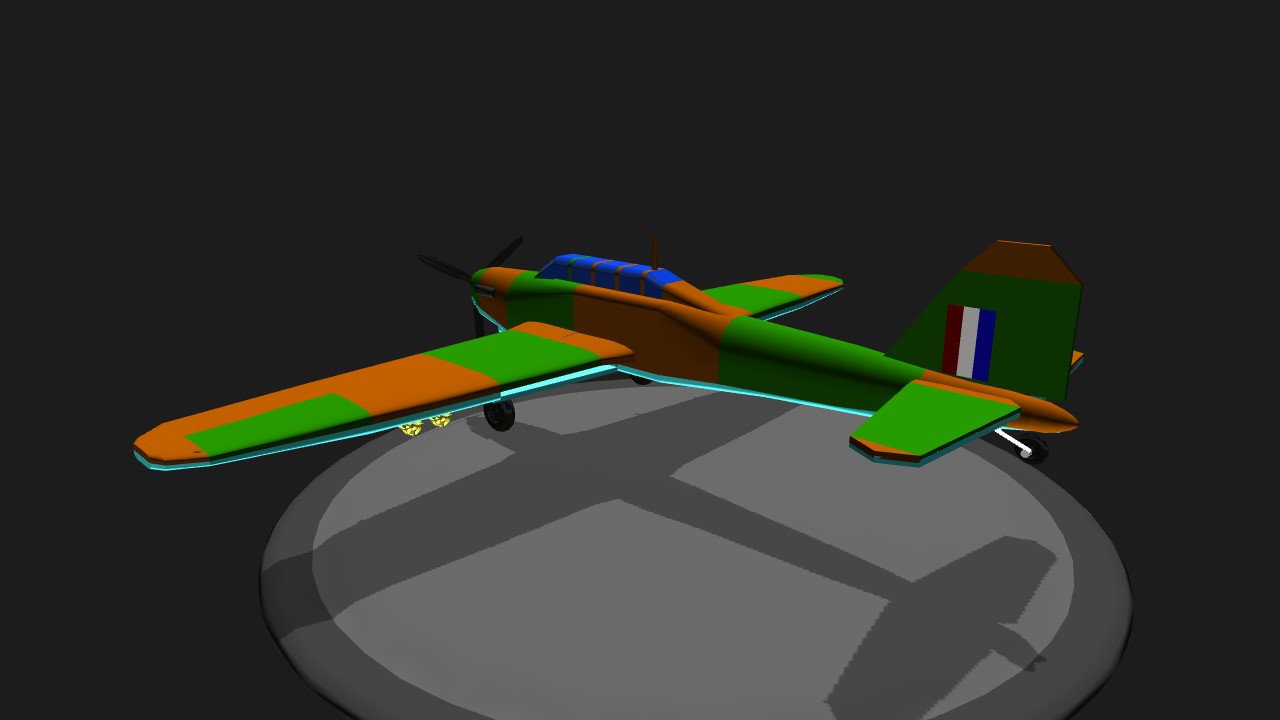
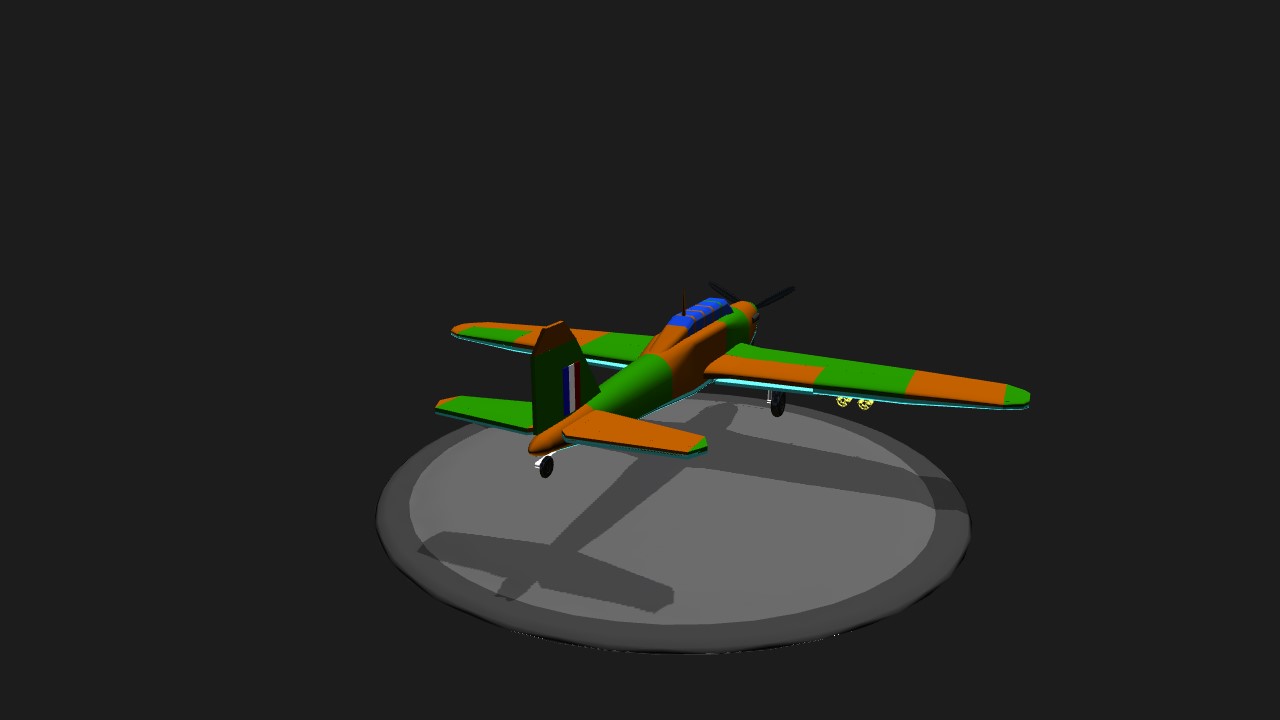
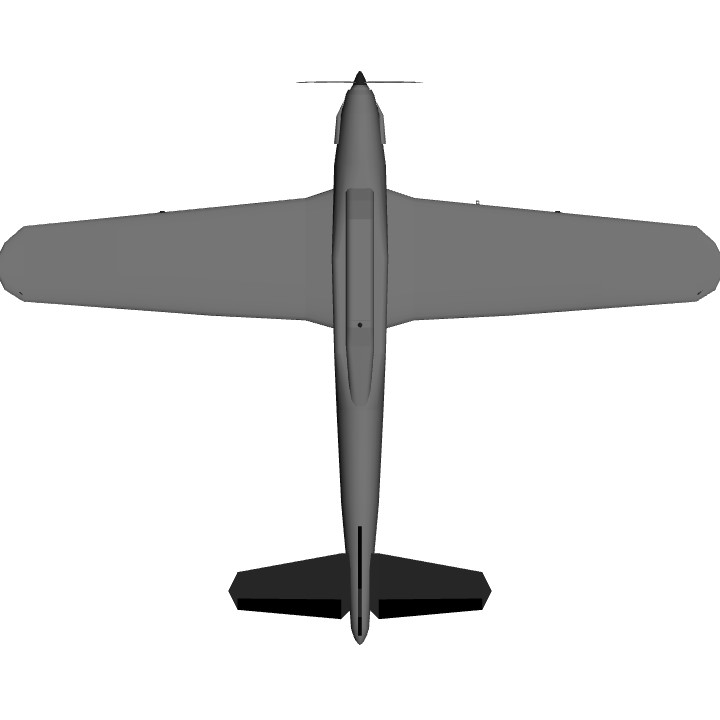
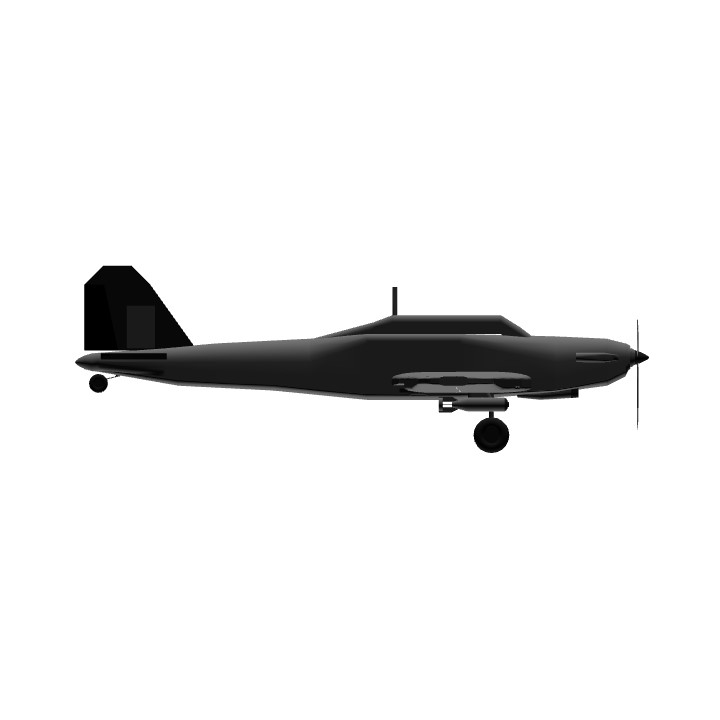
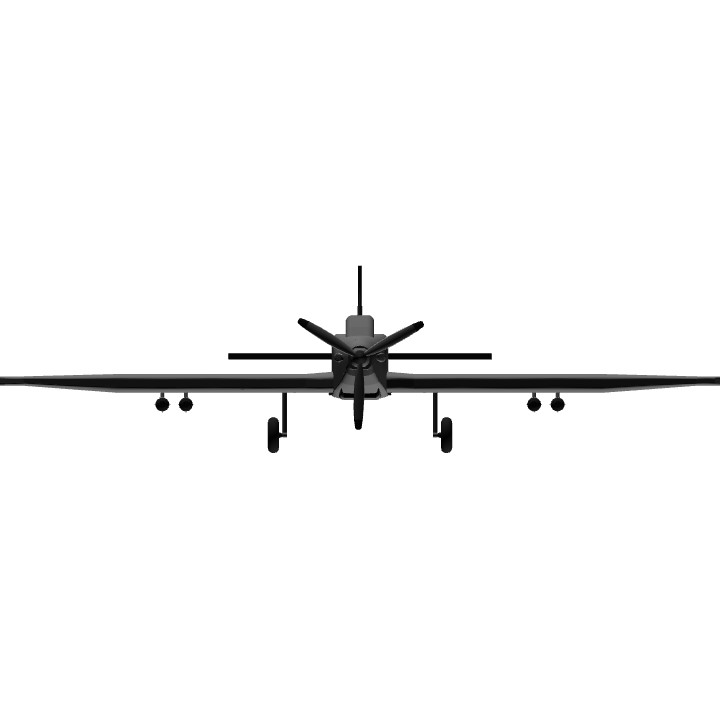
Absolutely spot on @BACconcordepilot , daylight raids didn’t help it either. I think a lot of British machinery of war was caught out by the pace of change in the late 30s.
Thanks again for your support! @ChiChiWerx. Yeah it must have been pretty harrowing. I've read accounts of those early engagements and the pilots often had to laager their aircraft to provide mutual support in an attempt to stave off the Luftwaffes superior aircraft.
About the worst light bomber the RAF fielded during WWII. Obsolescent prior to the start of the war, completely out of its league once the shooting started, no wonder its an obscure aircraft!
@Tang0five cool!
Word of warning - the undercarriage I spent ages making more accurate has a tendency to rip off in high speed tight turns. (I use the term "high speed" loosely!) Take it easy in the turns... Also a bit nose heavy, lose the bombs over a nice juicy target and its relatively well trimmed out.
Thanks @Gemista, speaking of obscure/rare, good to see your saunders-Roe. I will be trying that out as soon as I can!
I like this: an obscure plane!